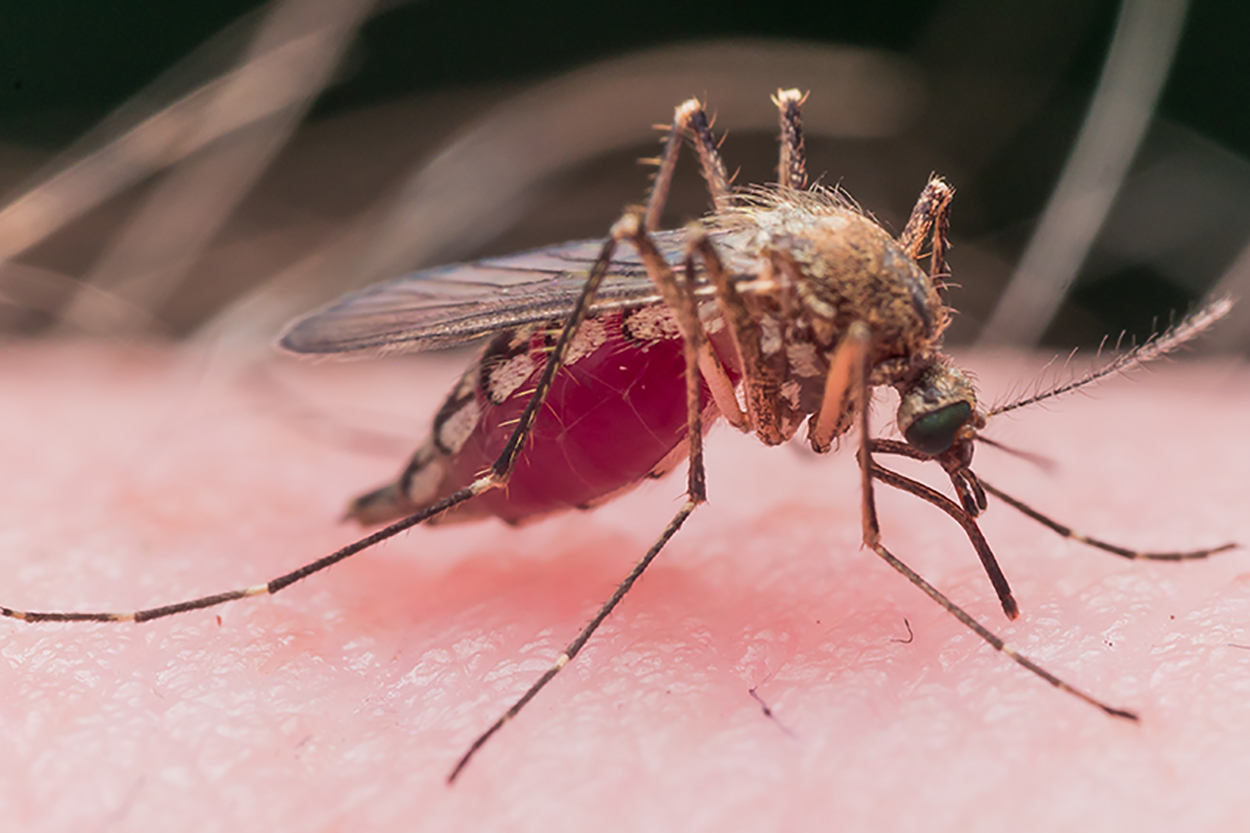SEVERE dengue fever remains a rare diagnosis in Australia, but with the global incidence of dengue rising, it’s important to be alert to warning signs for severe disease, say experts.
In a short report published in the MJA, Dr Alex Tai, an infectious diseases registrar with Monash Health, and co-authors questioned if Australian clinicians were missing the warning signs for possible severe dengue fever in returned travellers.
After managing a case of dengue with warning signs in a Sri Lankan-born Australian resident, who presented one day after returning from a trip to the Sri Lankan capital, the researchers reviewed their hospital’s practice.
They found that in the 35 cases of dengue fever managed at the hospital from 2012 to 2014, more than 50% had warning signs for severe disease. The warning signs – which include minor bleeding, abdominal pain and persistent vomiting – were recognised in less than 30% of the cases, and only 10% of the cases were managed according to WHO protocols, they found.
Speaking in a podcast with MJA InSight, Dr Tai said dengue fever was previously classified as dengue fever and dengue haemorrhagic, but in 2009 WHO reclassified the disease into dengue, dengue with warning signs, and severe dengue.
Dr Tai said the warning signs, which predicted the development of severe disease, were well-known in countries in which dengue fever was endemic, but less well-known in Australia, where dengue transmission occurred only in Queensland. Deaths were reported in outbreaks in Queensland in 2004, 2008 and 2009.
According to the WHO protocols, warning signs that should prompt strict observation and medical intervention include abdominal pain with tenderness, persistent vomiting, clinical fluid accumulation, mucosal bleed, lethargy and restlessness, liver enlargement >2cm, and increase in haematocrit concurrent with rapid decrease in platelet count.
“It’s not as well understood in Australia because we don’t have a lot of patients with dengue fever and a lot of our patients are returned travellers … [but] even though our numbers are small, it’s thought that the warning signs are still relevant,” Dr Tai said.
- Related: MJA — Dengue fever in travellers: are we missing warning signs of severe dengue in a non-endemic setting?
- Related: MJA — Fever and rash from Timor: where have you been and when?
- Related: MJA InSight — Mosquito risks underestimated
Associate Professor Sanjaya Senanayake, infectious diseases physician and Associate Professor of Medicine at ANU Medical School, said severe dengue was not as common in returning tourists as in the endemic populations.
“We don’t see a huge number of dengue cases in Australia, and we don’t see many patients with severe dengue,” he said.
With dengue a relatively uncommon diagnosis in Australia, Professor Senanayake advised GPs to consult with infectious disease physicians to decide on a management plan and possible hospitalisation of patients diagnosed with dengue.
“If patients do develop severe dengue, they can become very unwell very quickly. The key here is for a GP to consider dengue on the basis of the clinical picture, and if it is proven, to send them to hospital, since all of those warning signs … could develop at any time,” he said. “But it’s a condition that can be successfully treated with fluid resuscitation.”
In diagnosing dengue, Professor Senanayake said the short incubation period – which was technically up to 14 days, but usually no more than 10 days – was a useful starting point.
“If it’s more than a week since the patient has returned from the dengue-endemic area, dengue is going to be pretty unlikely,” he said.
Other clinical features of dengue include a retro-orbital headache; high fevers; severe aches and pains, particularly in the back; rash onset on about day 5 of the illness; and relative bradycardia. Initial blood tests showing neutropenia and possibly thrombocytopenia also point to dengue fever, Professor Senanayake said.
Dr Cameron Webb, medical entomologist with NSW Health Pathology and the University of Sydney, said major dengue outbreaks in large urban areas in tropical regions coupled with more Australians travelling to those regions was likely to increase the impact of dengue fever locally.
“As we’re seeing a higher rate of human disease associated with dengue virus around South-East Asia and different parts of the world, there’s an increased likelihood that we will see patients coming back to Australia suffering more severe illness,” Dr Webb told MJA InSight.
According to WHO, the global incidence of dengue has increased 30-fold in the past 60 years.
Dr Webb said accurate diagnosis of dengue was crucial to help prevent and predict local outbreaks.
“While we don’t have mosquitoes present in our major cities at the moment that can transmit dengue virus, that could change in the future, so understanding the pathways of introduction of these pathogens through Australian travellers is critical in predicting possible outbreaks.”
Professor Senanayake said several vaccines for dengue fever were in the trial phases, with one vaccine program rolled out in the Philippines earlier this month.
“Hopefully, the new dengue vaccines will have a major impact on dengue transmission around the world in the coming years,” he said.

 more_vert
more_vert